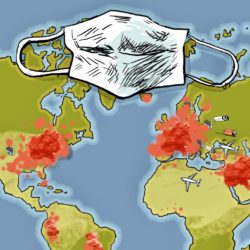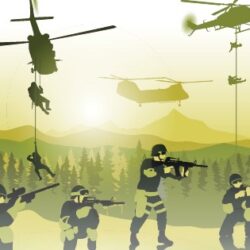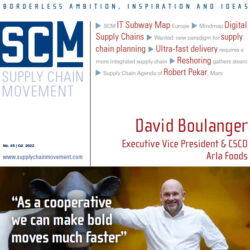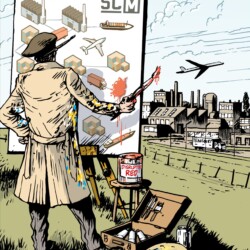When supply chain becomes a battlefield

Many of the challenges businesses are currently facing – shortages, volatile demand, inflation, sanctions and supply chain disruption – are also characteristics of a wartime economy. According to Roberto Crippa, Supply Chain Director at IWT (a subsidiary of the Italian company Tecniplast), companies can learn a lot from how the armed forces deal with this. At IWT, he conducted an extensive pilot based on the ‘mission command’ philosophy which is used by modern-day armies to organize their tasks and responsibilities. The pilot produced impressive results, he says: “We have become more proactive and can react much faster in the disruptive environment that has become the new normal.”
What with the aftermath of the pandemic and the war in Ukraine, supply chain disruption is extremely intense right now. But at Tecniplast and its subsidiary IWT, they already had the sense that something had to change: they needed to become resilient. “More and more disruptions and price fluctuations have been occurring ever since the financial crisis back in 2008. From that point on, for companies like ours, the ‘good old days’ were definitely over,” says Roberto Crippa, Supply Chain Director at IWT. The firm builds a wide range of technical equipment made up of numerous electronic and mechanical components which creates considerable purchasing complexity and risks. “In the case of our more complex modules, we sometimes buy parts from as many as 60 different suppliers. If just one of them runs into difficulties, the whole order can be delayed.”
The headquarters and production facilities of Tecniplast and IWT are based close to Milan, Italy. Between them, the companies generate an annual turnover of approximately €150 million and employ 600 people. The procurement function plays a crucial role within the supply chain; the purchasing spend is sizable but fragmented, spread across a high number of suppliers. “This means that we’re a relatively small yet extremely demanding customer for most of them. In the event of shortages, this can sometimes result in supply issues when our suppliers have to choose to whom they allocate their components worldwide. That’s a situation we simply have to accept.” … … …

Want to read more?
Download Supply Chain Movement Q3, 2022 for free.










